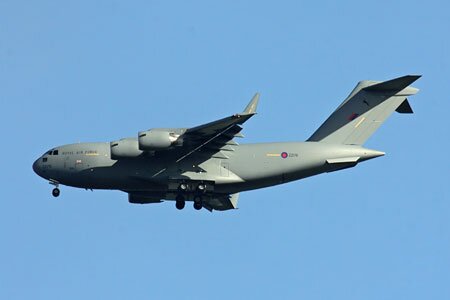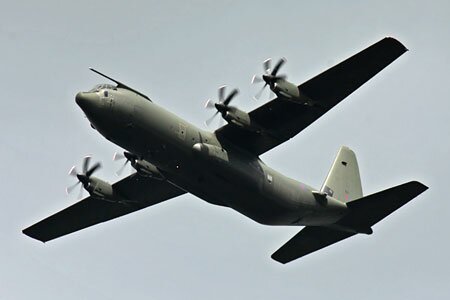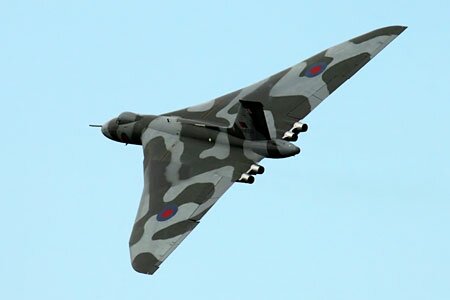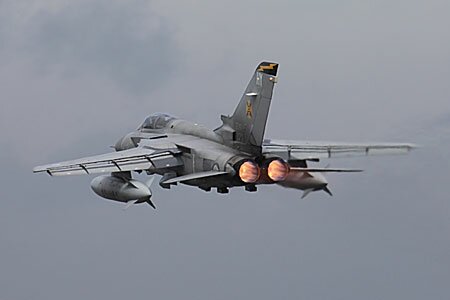My interest in military aviationVulcan 607 tells the story of the longest-ever bombing mission carried out by the RAF against Port Stanley airfield in 1982. A must read. TSR2 - Britain's Lost Cold War Strike Aircraft takes a different view of this aircraft than most publications. Instead of the politics, it concentrates on the technology which made the aircraft possible, describes the flight testing which took place, and looks at how it would have been used by the RAF. An excellent read. Anybody interested in the tortuous history of the V-22 should read The Dream Machine: The Untold Story of the Nortorious V-22 Osprey by Richard Whittle. This is an extremely well-researched account of how not to build a military aircraft. Red Eagles: America's Secret MiGs by Steve Davis is a fascinating story of the program called "CONSTANT PEG", which ran from 1977 to 1988, and saw U.S. Air Force, Navy, and Marine aircrews flying against MiG-17, -21 and -23 fighters as part of a training program where American pilots could better learn how to defeat or evade the Communist bloc's fighters of the day. Another interesting book is Joint Force Harrier, Cdr Ade Orchard's account of Naval Strike Wing operations in Afghanistan in 2006. Well worth a read. I've been interested in military aviation since the mid-1970s, although I remember going to an open day at RAF Upper Heyford in 1970, when the 20th Tactical Fighter Wing was still operating the F-101 Voodoo. In 1976 I went to the Greenham Common airshow, and Farnborough for the first time. In those days I was not in to collecting serials, only taking photographs and watching pilots bend their aircraft round the sky. That year I read a book called Attack Aircraft of the West by Bill Gunston. It was an eye-opener; I remember being amazed by the saga of the TSR.2, and how narrowly the Harrier had avoided the same fate. Another book, Project Cancelled by Derek Wood revealed that since the Second World War successive British governments had been making serious errors with aviation projects of all types. In the late 1970s and 1980s airshows at Upper Heyford, Brize Norton, Abingdon, Greenham Common, Mildenhall, Fairford and Farnborough all had things of interest. In the mid-1980s just taking pictures was getting a bit routine, so I started to collect military aircraft serials as well. My conversion to being a spotter was complete! I started this site to pull together information about military aircraft for my own purposes. A great deal of information was available, on the web and in traditional media, but nobody was pulling it all together. The mix of aircraft detailed here is a bit arcane, but I tried not to duplicate other people's work, and concentrate instead on aircraft I was particularly interested in. The TSR.2 would have been the finest low-level strike aircraft ever built if it had entered service. The Nimrod was the best ASW aircraft ever built; the cancellation of the MRA.4 has left a big hole in maritime capability. The Jaguar was the most politically contrived aircraft ever built, but it was also a fine strike aircraft and did not deserve its untimely end in RAF service. The E-3 Sentry is one of those unsung aircraft which do vital work but are not flashy like fighters. The Sea Harrier is included because of its exploits in the South Atlantic in 1982, the B-1B because of its size and power, and the B-2 because of its revolutionary technology. The E-8 is another vital but usually un-reported type. The EH101 is probably the best mid-range helicopter around at the moment, and is of largely British design. The Typhoon is included because it is new and important. The V-22 Osprey employs more revolutionary technology, and is hopefully the solution to a problem which has been around for a long time. AdsEscape restrictions and play your favorite games at trusted non GamStop sites today! Latest blog posts |
Recent photos
|




